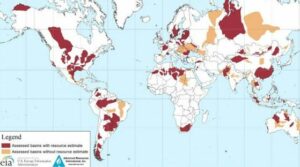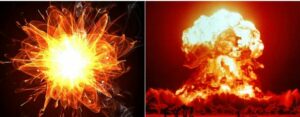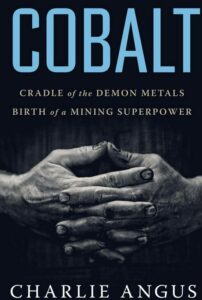Preface. Nuclear cheerleaders love to talk about how safe nuclear power is. You will never ever hear them talk about nuclear fuel pools because that would destroy their argument. Though like Limits to Growth and Malthusian overpopulation dismissed by capitalists, they would probably use the same “it hasn’t happened so it will never happen”. Continue reading
Categories
-
Recent Posts
- Self-driving cars in San Francisco cause accidents, congestion, and more
- “Star Wars” missile defense won’t stop incoming nukes
- Lab-grown meat is energy intensive – and up to 25 times worse for the climate than beef
- The Biblical Revelations, critical thinking, and how this affects us today
- Why the U.S. is ignoring nuclear winter in nuclear policies & strategies
- Oil choke points vulnerable to war, chaos, terrorism, accidents, & piracy
- Nuclear weapons must be reduced or we risk nuclear winter
- Fusion is already running out of fuel
- Peak Oil is Officially Here! World oil production peaked November of 2018
- Wood, the fuel of preindustrial societies, is half of EU renewable energy
- Rare Earth updates: recent research on why complex & intelligent life are rare in the Universe
- Book review of “Chip War” and the Fragility of microchips
- The tremendous material and energy toll of the digital economy
- Nuclear attack on U.S. could kill 90% of Americans
- What percent of Americans are rational?





 Source: Salt Lake Tribune.
Source: Salt Lake Tribune. 


